The scent of sautéed onions, celery, and sage wafting through American homes on Thanksgiving morning signals more than just holiday cooking—it heralds the annual unveiling of sacred family stuffing recipes passed down through generations. This humble yet fiercely debated dish, alternately called stuffing or dressing depending on regional customs, represents the soul of Thanksgiving more powerfully than even the turkey it accompanies.
From East Coast oyster-laden loaves to Southwest cornbread versions studded with green chiles, every American family's recipe tells a story—of immigrant ancestors adapting Old World techniques, of Depression-era ingenuity, of cultural fusion and stubborn tradition. The quest for the perfect balance of crispy edges and moist interior, of herbal brightness and savory depth, sparks friendly rivalries at dinner tables nationwide while binding families together in shared culinary memory.
The Bread Basket of History
At its core, stuffing reflects America's grain traditions. New Englanders favor dense, nutty cornbread as base—a Native American legacy blended with English baking techniques. Southern families swear by biscuits or saltine crackers, Depression-era solutions that became tradition. Italian-American tables might feature ciabatta or focaccia cubes, while Jewish families often use challah or matzo.
The drying process is ritualistic; some air-dry bread for days to achieve perfect staleness, others toast cubes lightly to preserve tenderness. This foundational choice determines texture—cornbread crumbles delicately, sourdough maintains chewiness, and baguettes create crispy pockets. Heirloom recipes often specify exact bread brands, with debates over Pepperidge Farm versus homemade rivaling sports rivalries in intensity.
The Holy Trinity of Aromatics
No stuffing achieves greatness without the foundational sauté of onions, celery, and herbs—the "poultry seasoning" triumvirate that perfumes American kitchens each November. Preparation methods reveal family values: some insist on minced vegetables vanishing into the mix, others favor rustic chunks for textural contrast.
The herb balance sparks generational debate—sage-heavy recipes harken to Puritan traditions, while thyme-forward versions suggest French influence. Butter quantity becomes a philosophical stance; Midwestern recipes might use a full pound, while health-conscious adaptations employ turkey drippings or olive oil. This simple sofrito carries surprising emotional weight—many Americans report that the scent of onions and celery softening in butter instantly conjures childhood Thanksgivings.
The Liquid Alchemy
Transforming dry bread into moist dressing relies on careful hydration. Traditionalists use homemade turkey stock, simmered from neck and giblets, while modern cooks might substitute mushroom broth for depth. The pouring technique matters—liquid should be added gradually while tossing, allowing even absorption without sogginess. Some families swear by adding beaten eggs for structure, others consider this heresy.
The most heated debates concern moisture levels; "wet" faction members desire spoonable dressings, while "dry" devotees crave crispy top crusts. Regional variations abound—Louisiana recipes might include seafood stock, while Appalachian versions could feature apple cider. This liquid component often becomes the secret variable distinguishing good stuffing from legendary.
The Mix-In Wars
Here's where family recipes diverge dramatically. New England's coastal stuffings feature briny oysters, their liquor enhancing the broth. Southern versions incorporate pecans or boiled eggs, while Pennsylvania Dutch cooks add potatoes for heartiness. Italian-American families might mix in sausage and chestnuts, and Midwestern tables often showcase wild rice.
Controversial additions like raisins, water chestnuts, or even pineapple spark annual dinner table debates. The most guarded secrets often involve spice blends—a pinch of allspice here, a dash of cayenne there—measured not in teaspoons but in great-grandmother's coffee spoons or "enough until it looks right." These personal touches transform basic stuffing into edible family heirlooms.
The Cooking Method Divide
Purists insist true stuffing must be cooked inside the turkey, where it absorbs savory juices and develops a custardy texture. Food safety advocates counter with dressing baked separately in casserole dishes, allowing for crispier surfaces. Hybrid approaches exist—par-baking outside the bird then finishing inside for the last hour.
The vessel itself carries significance; many families use the same chipped Pyrex dish for decades, its stained surface a badge of honor. Cooking time becomes folklore ("Grandma baked hers for exactly 47 minutes"), and the quest for the perfect golden-brown top occupies Thanksgiving morning like a military campaign.
Regional Personality
America's stuffing map reveals cultural fingerprints. The South's cornbread dressings often include buttermilk and black pepper. New Mexico's version incorporates green chiles and cumin. Pacific Northwest recipes might feature hazelnuts and cranberries, while Maryland favors Old Bay seasoning. In Louisiana, French bread dressing shares the table with rice-based Cajun "dirty" versions.
These regional identities persist stubbornly—you're more likely to find a Texan who puts brisket in their stuffing than one who omits jalapeños. Immigrant traditions adapt creatively; Korean-American families might add kimchi, while Indian-American versions could feature curry leaves and cashews.
The Modern Reinvention
Contemporary chefs approach stuffing with both reverence and innovation. Restaurant versions might appear as individual bread puddings with foie gras, or deconstructed layers with crispy tuiles. Health-conscious adaptations use quinoa or cauliflower rice, while vegan versions employ mushroom umami.
Yet the most successful reinterpretations honor the spirit of the original—like Thomas Keller's brioche stuffing with chestnuts, or Marcus Samuelsson's cornbread version with chorizo. Home cooks experiment too, adding unexpected ingredients like pancetta or figs, but Thanksgiving traditionalists often veto these innovations after one trial year.
The Emotional Weight
More than any other dish, stuffing carries childhood memories. The act of preparing a departed loved one's recipe becomes edible mourning, each stir of the spoon summoning their presence. Families have been known to FedEx cross-country portions to homesick college students, or pack stuffing mix-ins in military care packages.
The first bite each Thanksgiving often elicits emotional reactions—"Tastes just like Mom made" or "Needs more sage, like Aunt Ruth used to do." This emotional resonance explains why even non-cooks insist on preparing the stuffing themselves, guarding their recipe cards like state secrets.
Preserving the Legacy
As families scatter geographically, efforts intensify to safeguard recipes. Community cookbooks document regional variations, while food historians interview elderly cooks about Depression-era adaptations. Some families record elders preparing the dish, capturing unquantifiable techniques like "mixing until it feels right." DNA testing companies even report surges around Thanksgiving as people seek ancestral clues to their stuffing preferences. The Smithsonian's Food History Project now collects handwritten recipe cards, recognizing stuffing as cultural artifact.
When the first forkful of stuffing reaches mouths this Thanksgiving, Americans won't just taste bread and herbs—they'll consume history. In that bite lives the story of Pilgrims adapting English forcemeat with New World ingredients, of immigrant grandmothers sneaking homeland flavors into the mix, of parents sneaking vegetables into picky kids' portions.
The perfect stuffing achieves alchemy—transforming humble ingredients into emotional nourishment, binding families across generations and geography. So as you glance at your own recipe this November—whether scribbled on an index card or memorized through muscle memory—remember you're not just making a side dish. You're continuing a story that began before America existed, one buttery, herby, crispy-moist bite at a time.
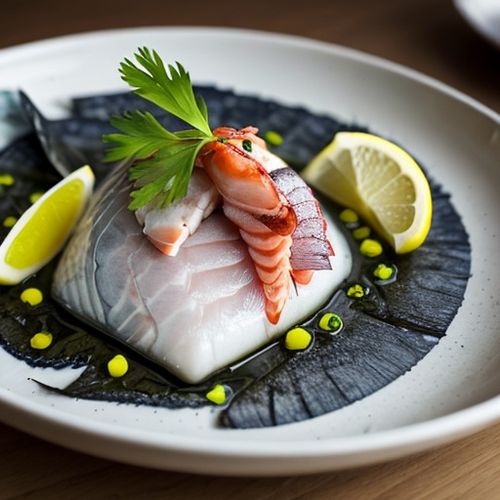
By James Moore/Mar 29, 2025
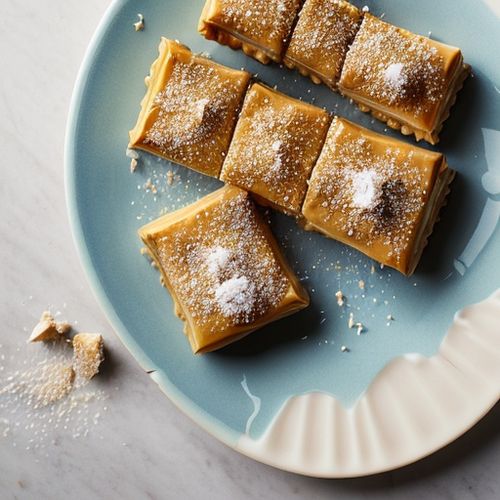
By Noah Bell/Mar 29, 2025
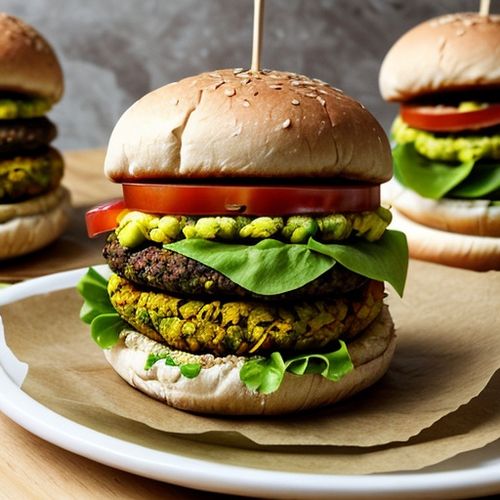
By Ryan Martin/Mar 29, 2025
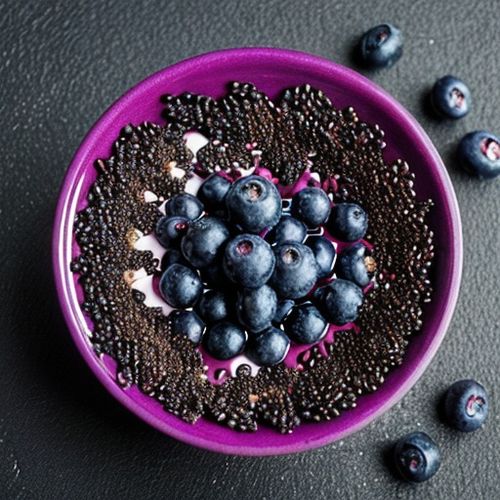
By Sarah Davis/Mar 29, 2025
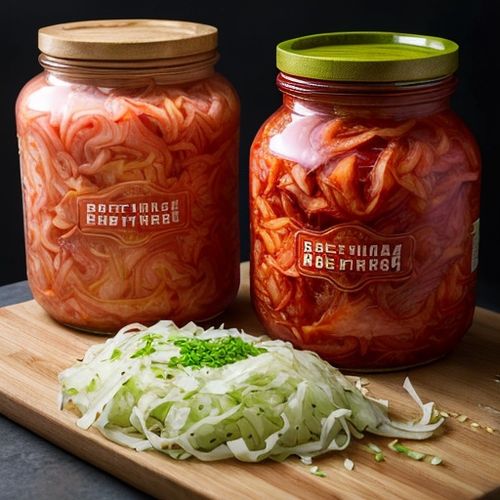
By William Miller/Mar 29, 2025

By Lily Simpson/Mar 29, 2025
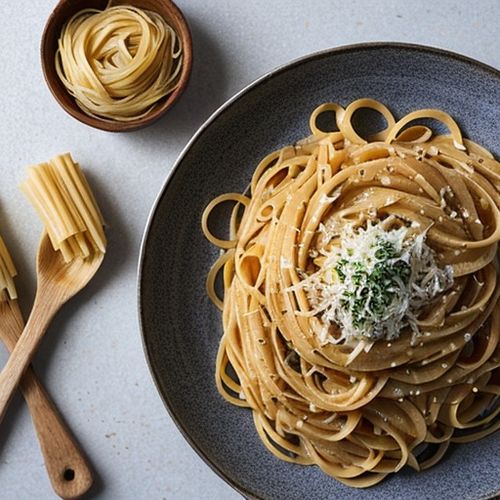
By William Miller/Mar 29, 2025
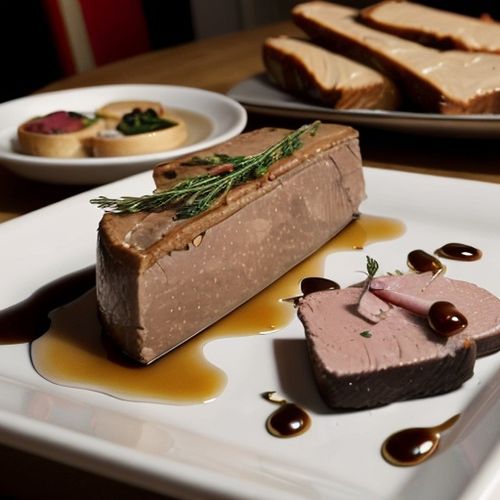
By Rebecca Stewart/Mar 29, 2025
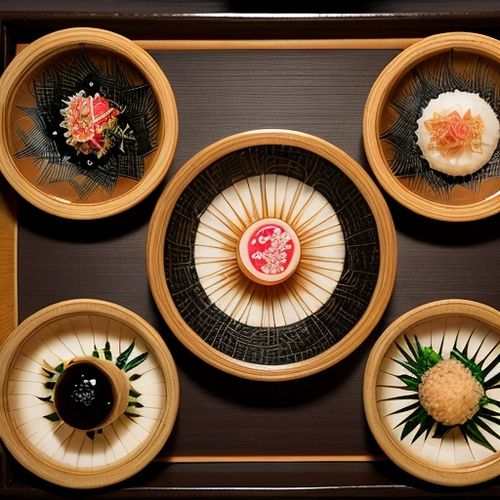
By Joshua Howard/Mar 29, 2025
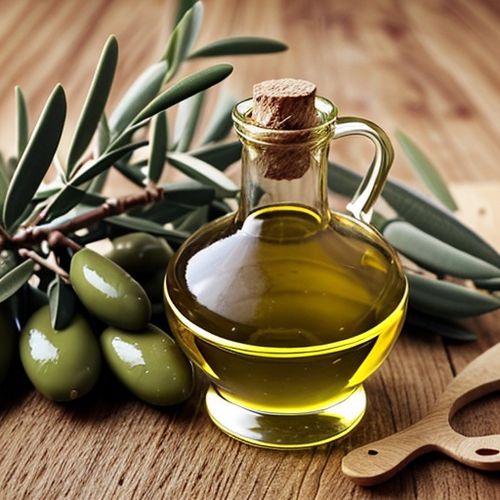
By Emily Johnson/Mar 29, 2025

By David Anderson/Mar 29, 2025
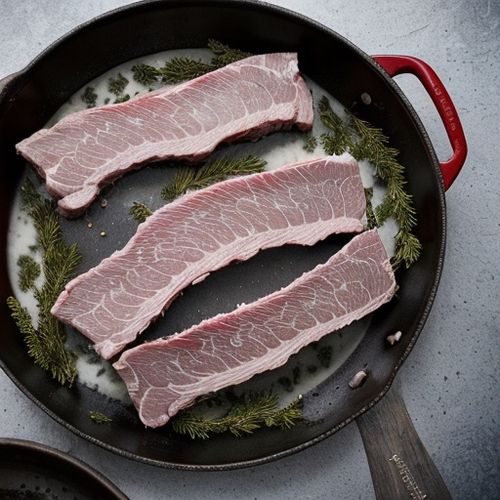
By Thomas Roberts/Mar 29, 2025

By Jessica Lee/Mar 29, 2025

By Amanda Phillips/Mar 29, 2025
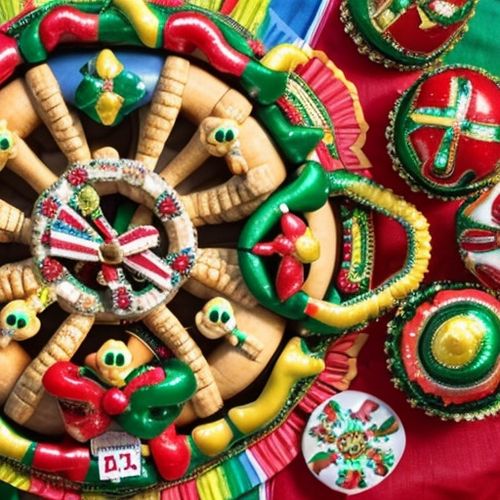
By Sophia Lewis/Mar 29, 2025
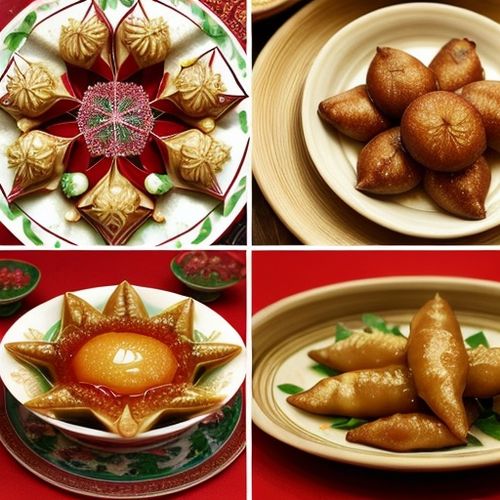
By Laura Wilson/Mar 29, 2025

By Emma Thompson/Mar 29, 2025

By Samuel Cooper/Mar 29, 2025
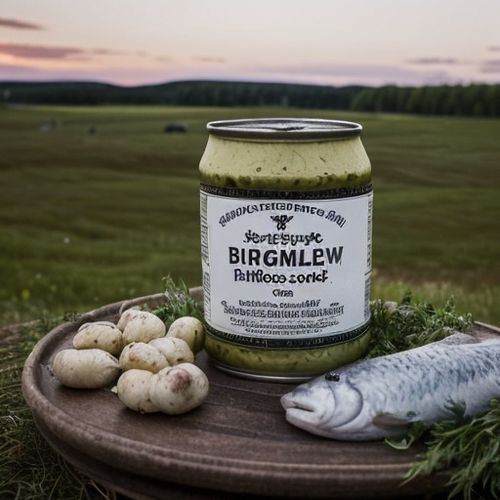
By Olivia Reed/Mar 29, 2025
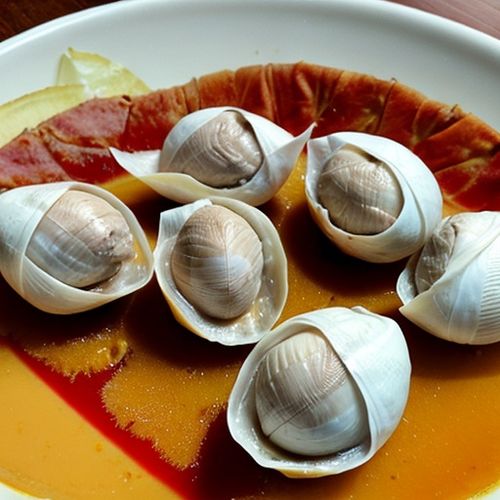
By Noah Bell/Mar 29, 2025